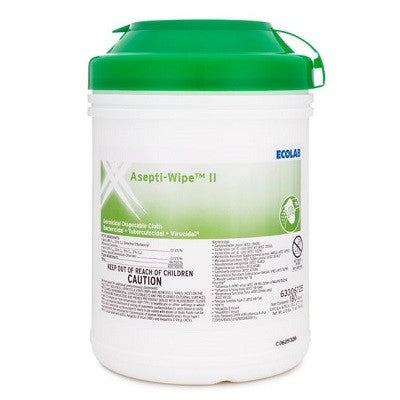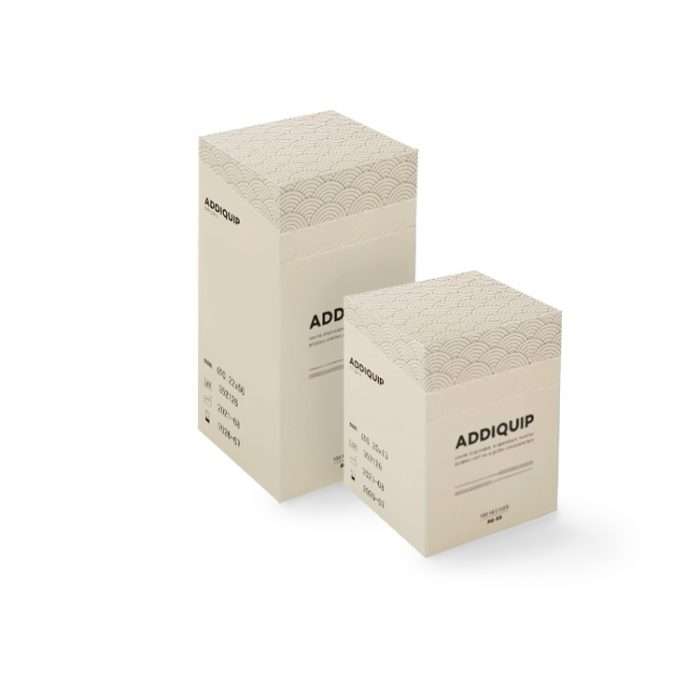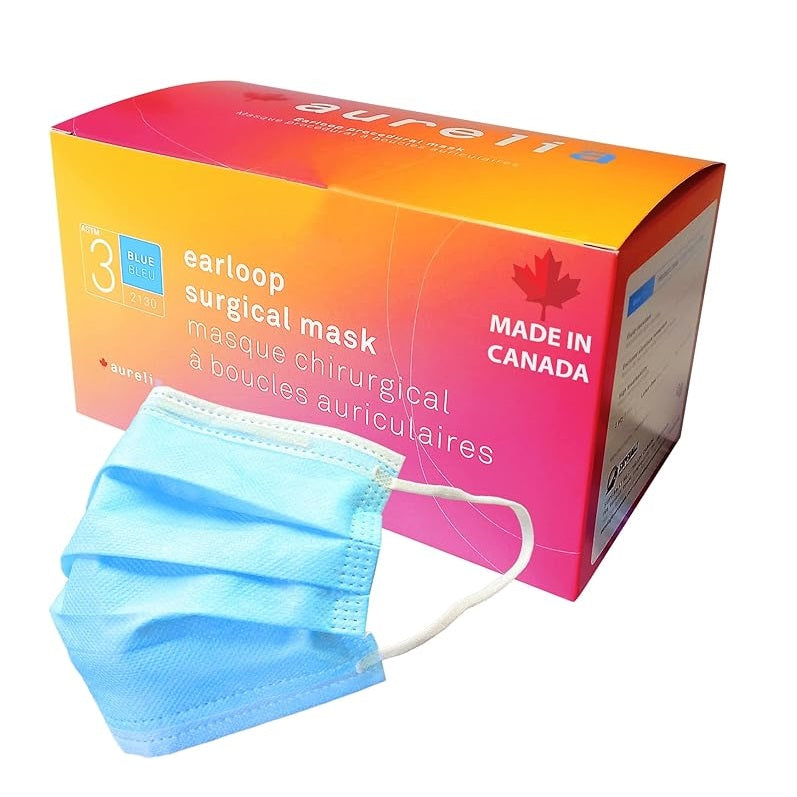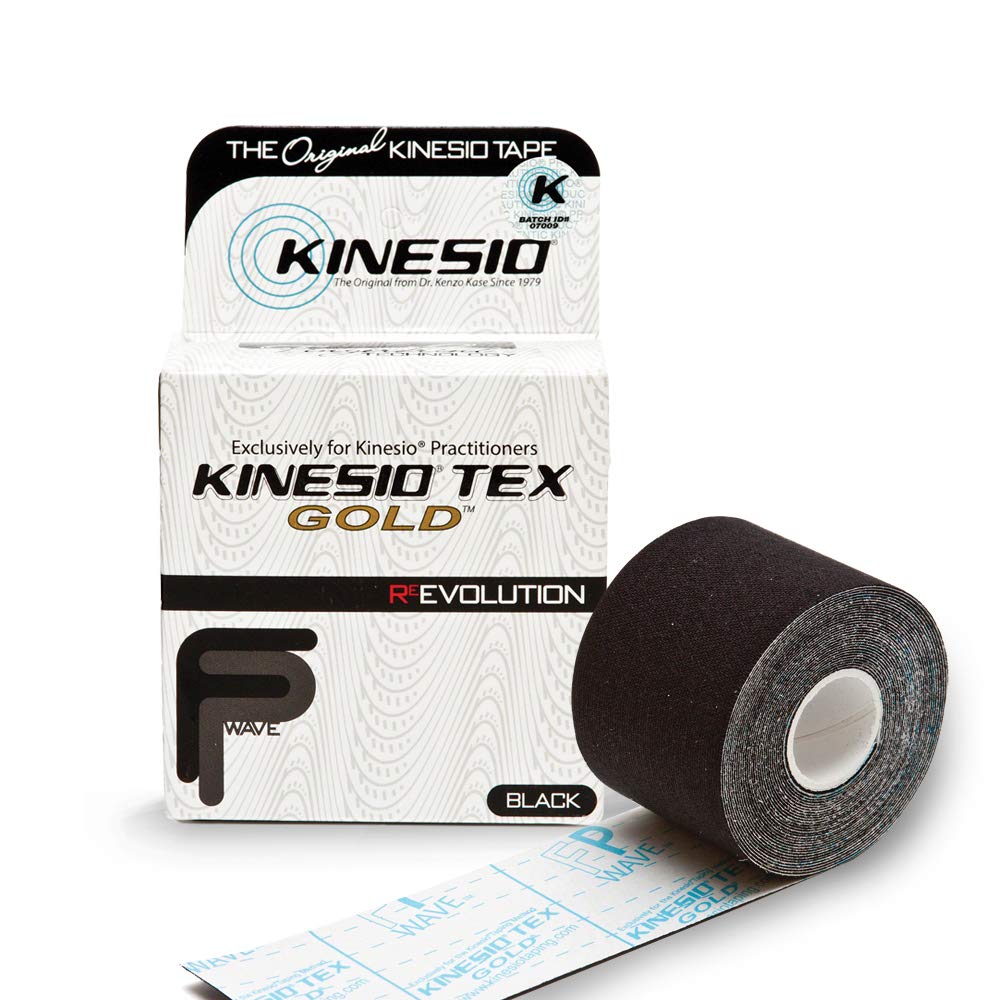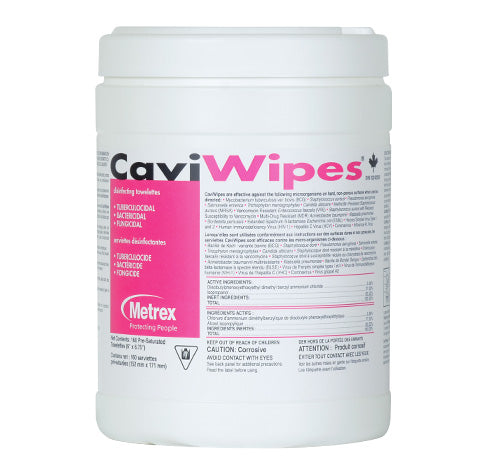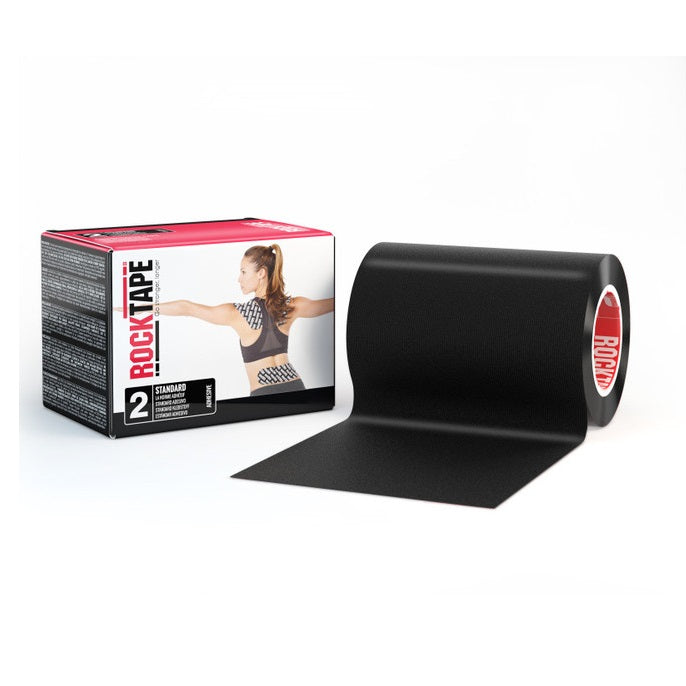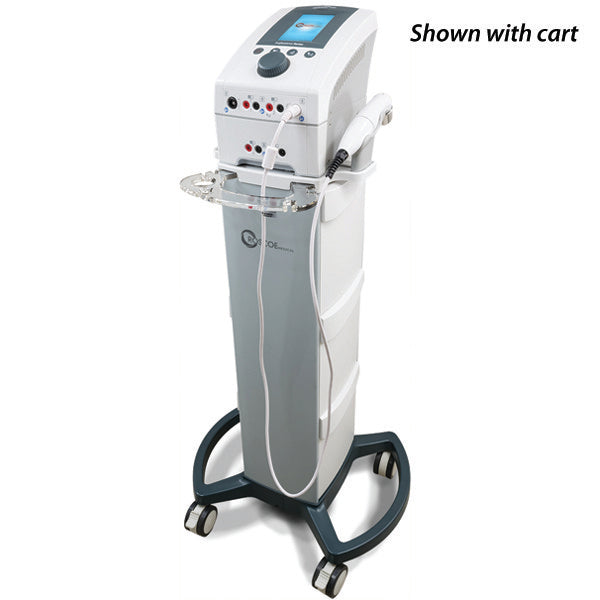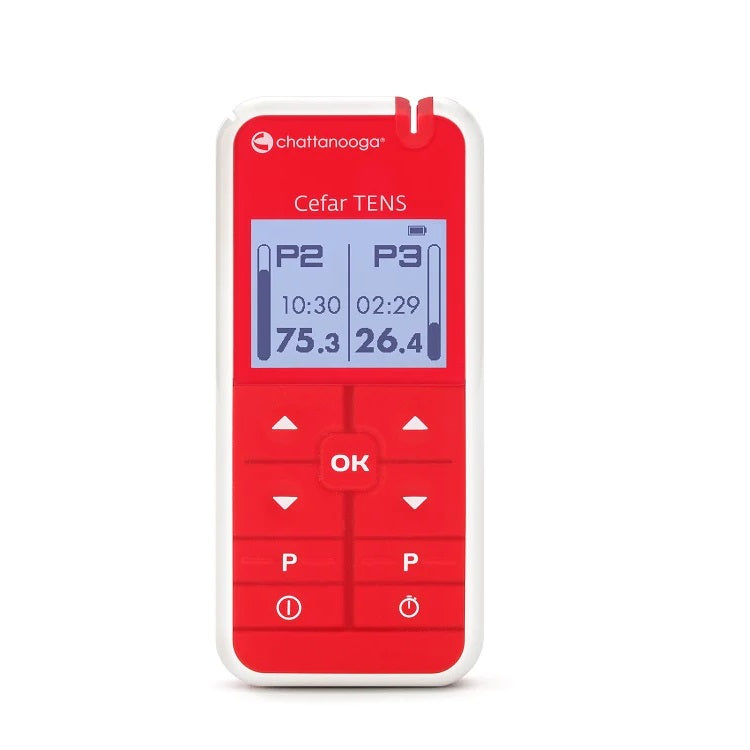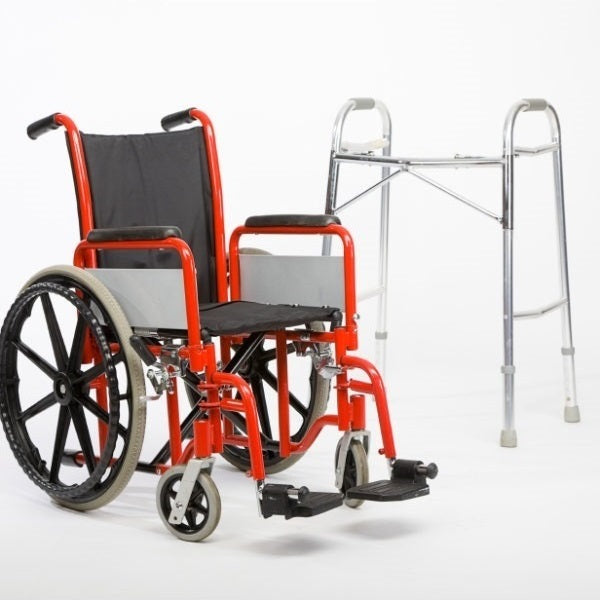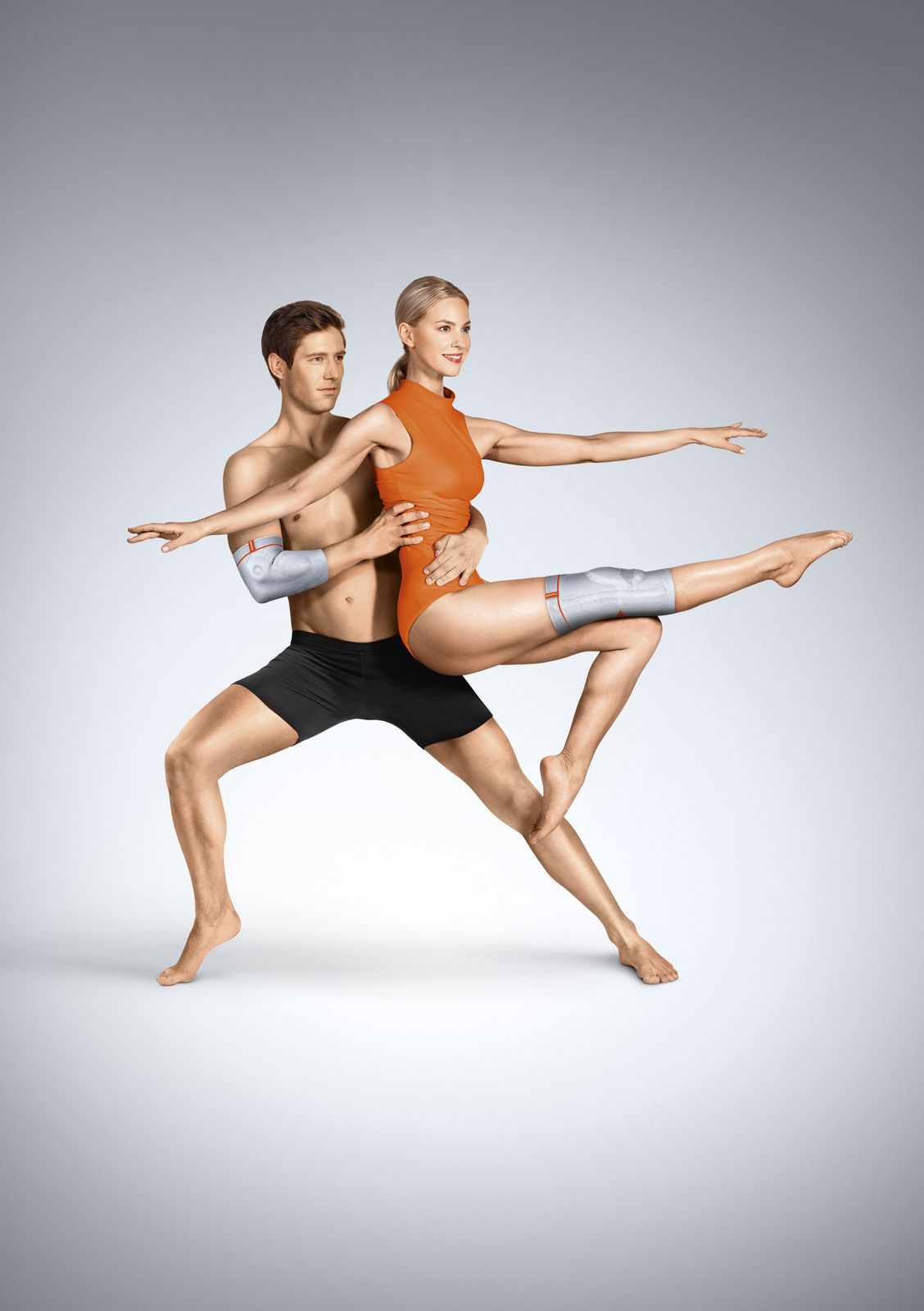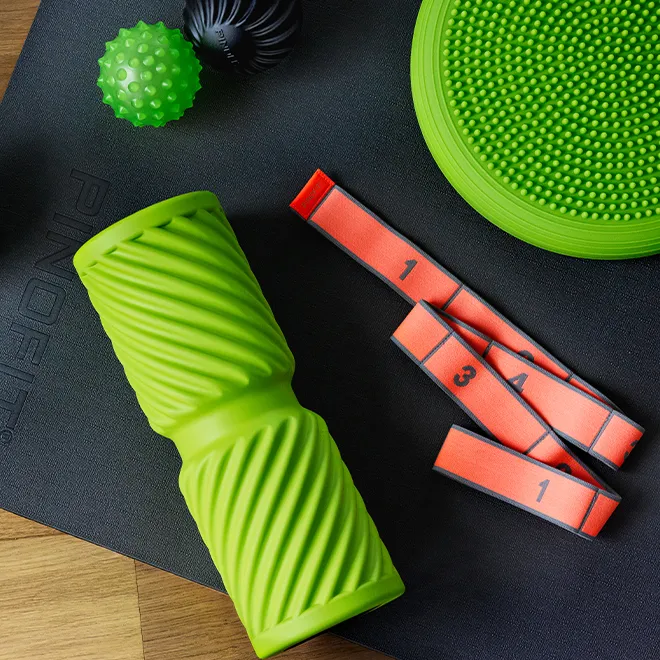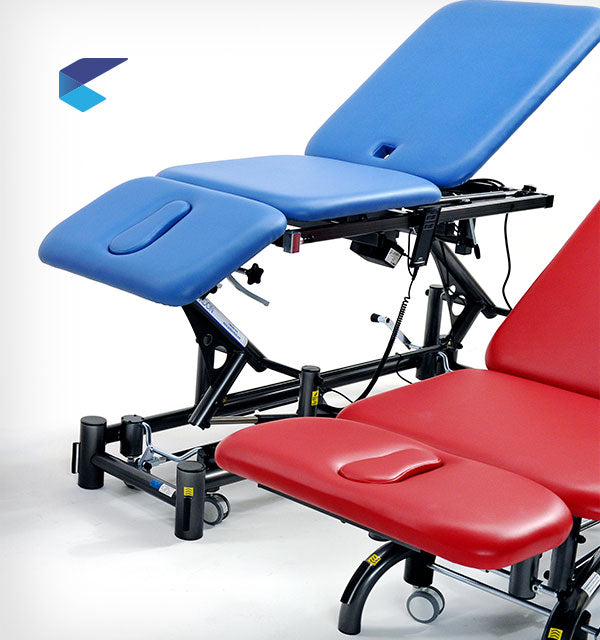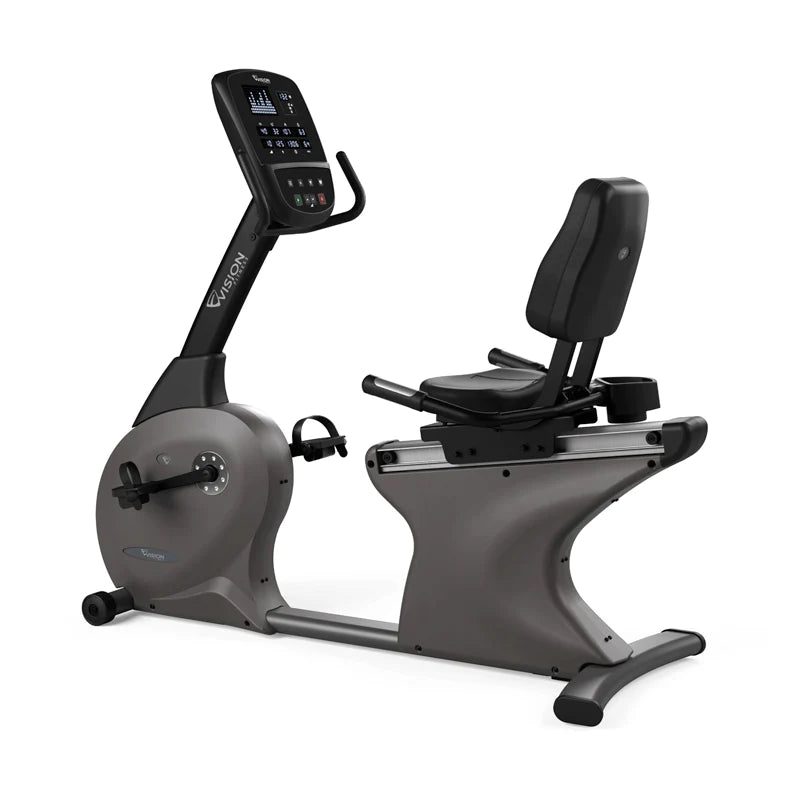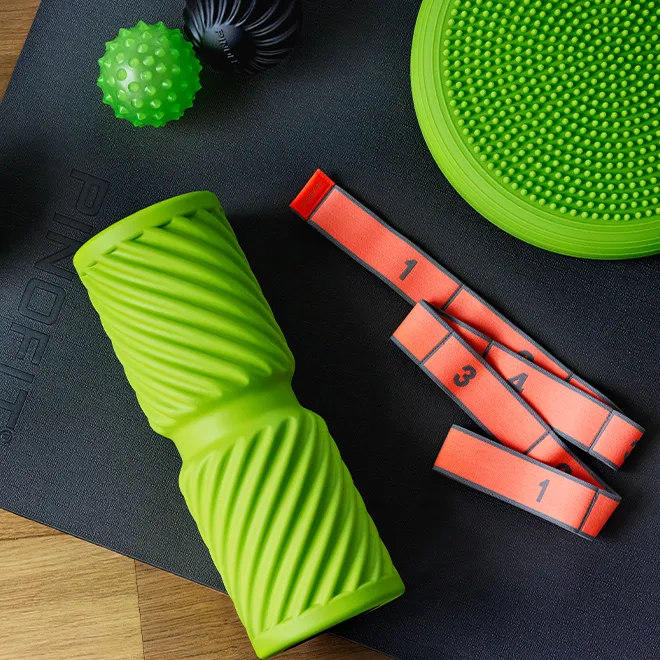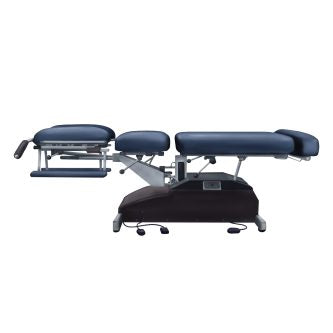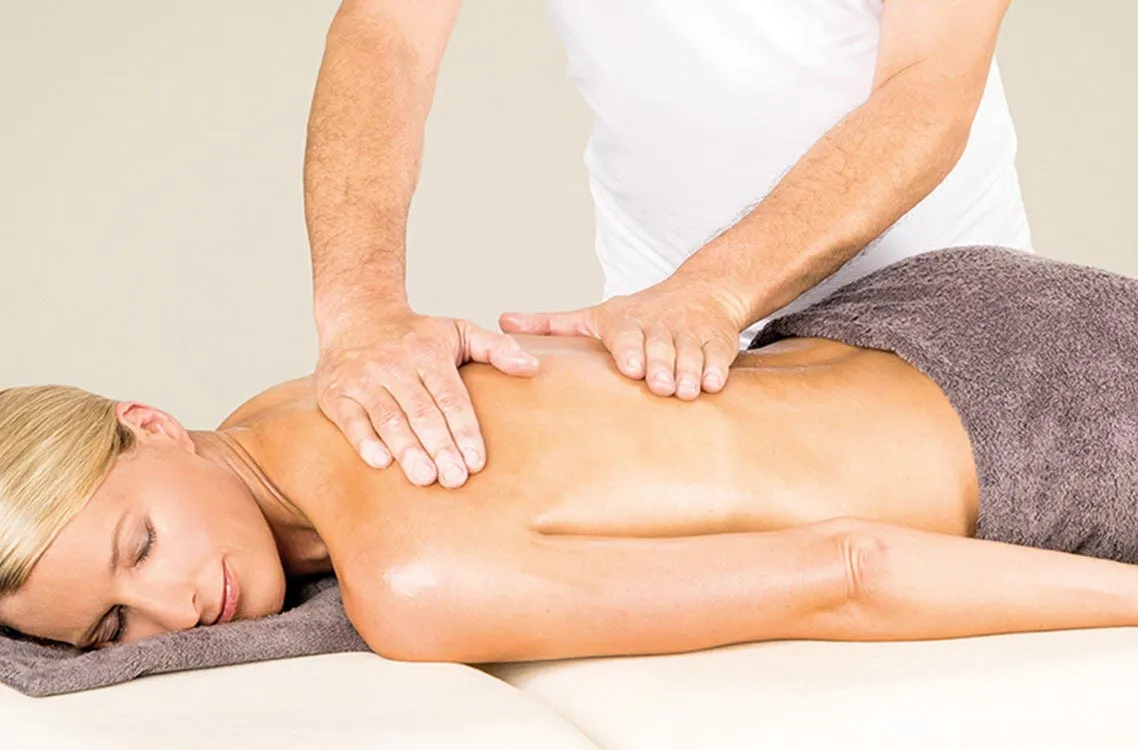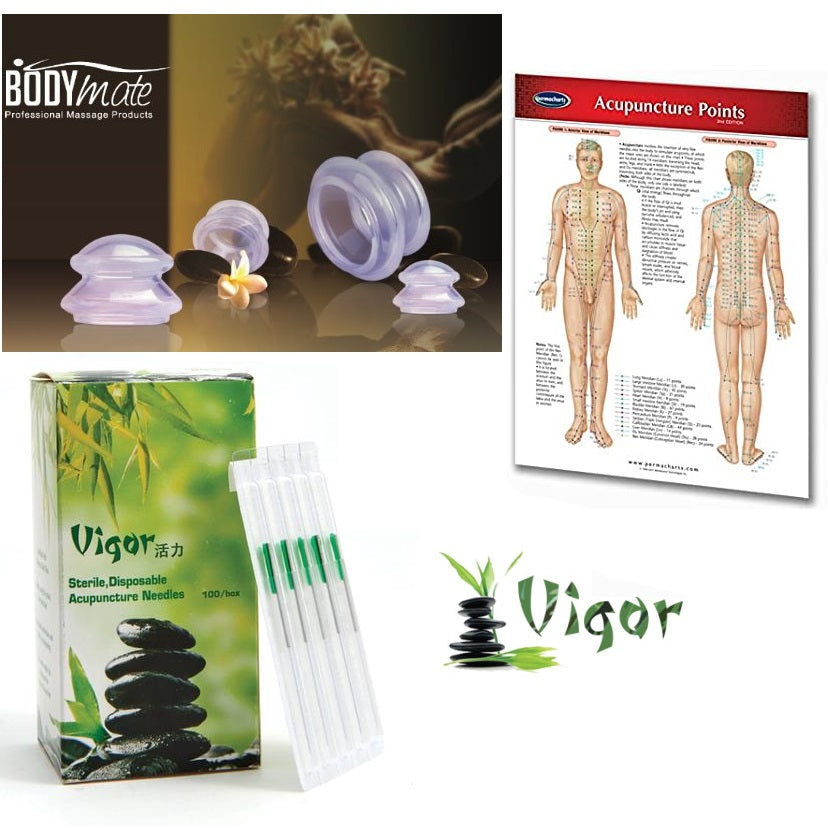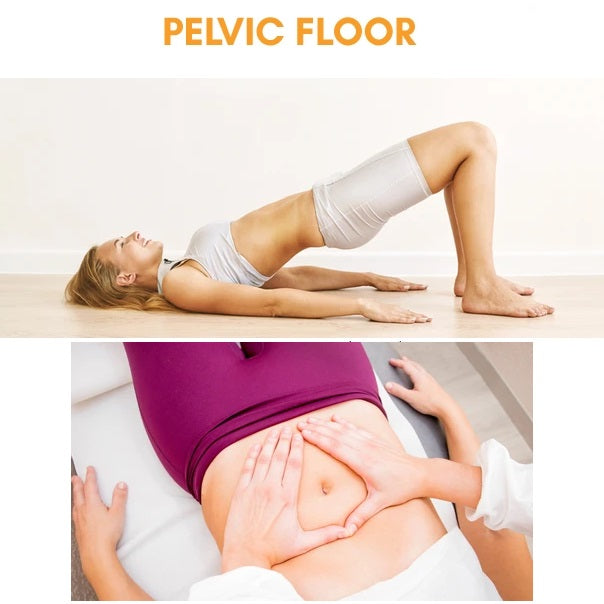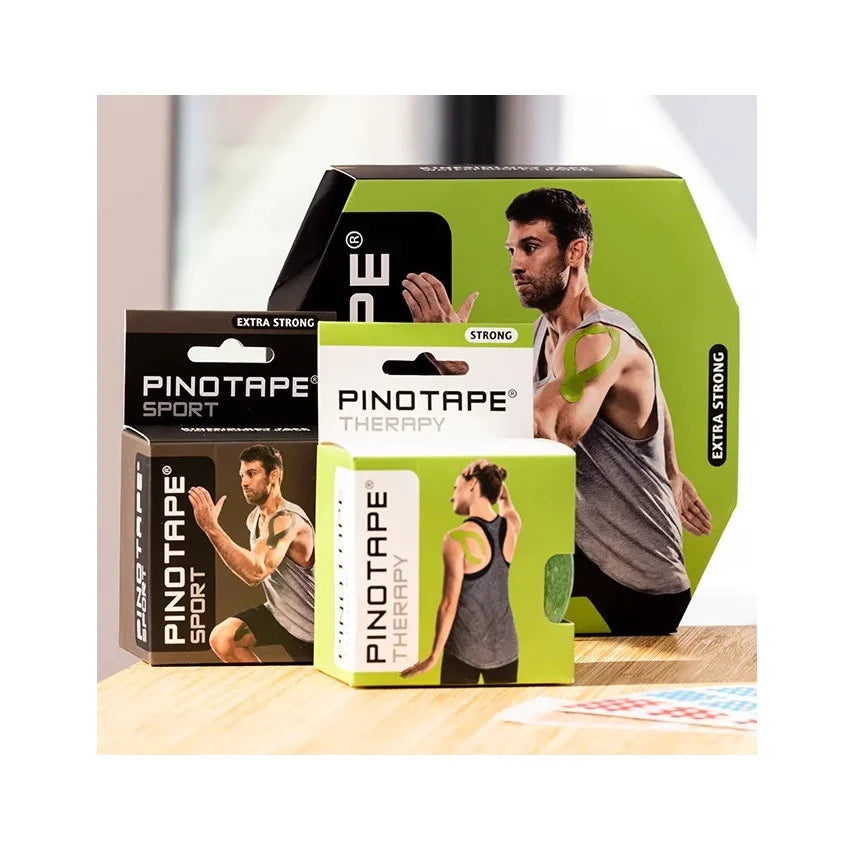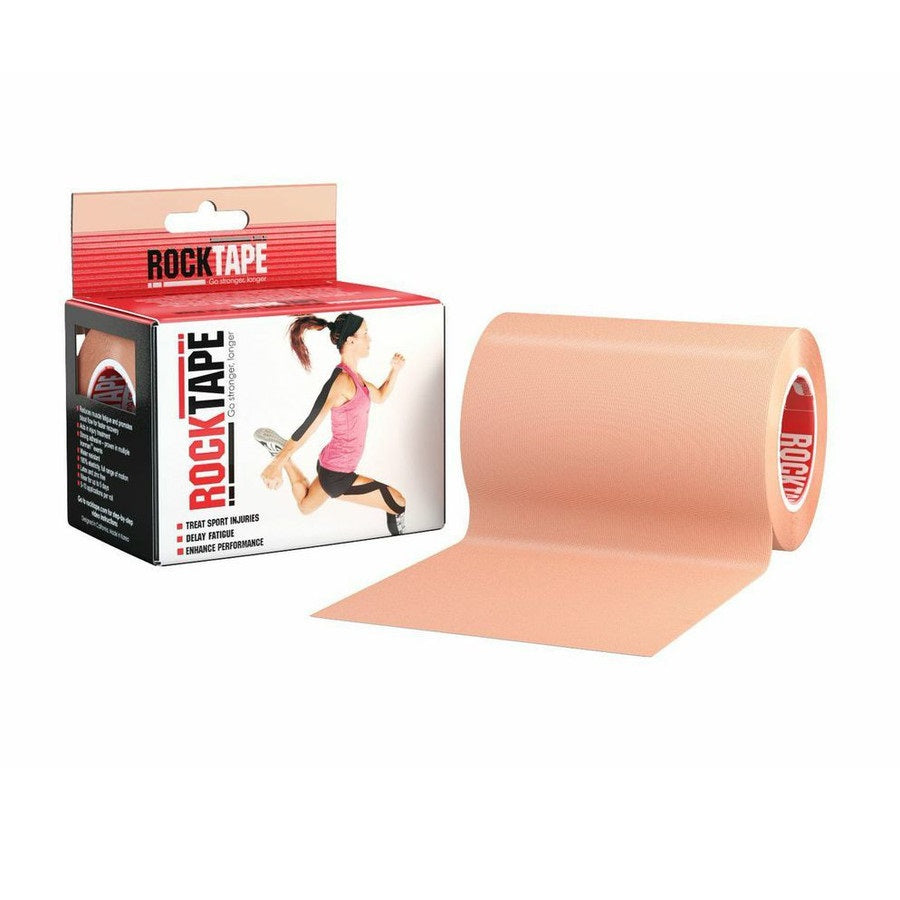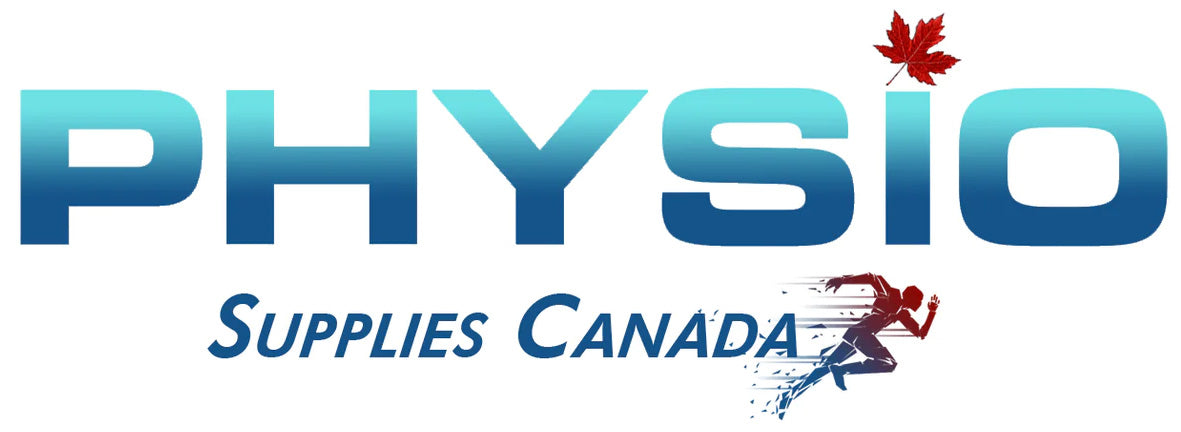Menu
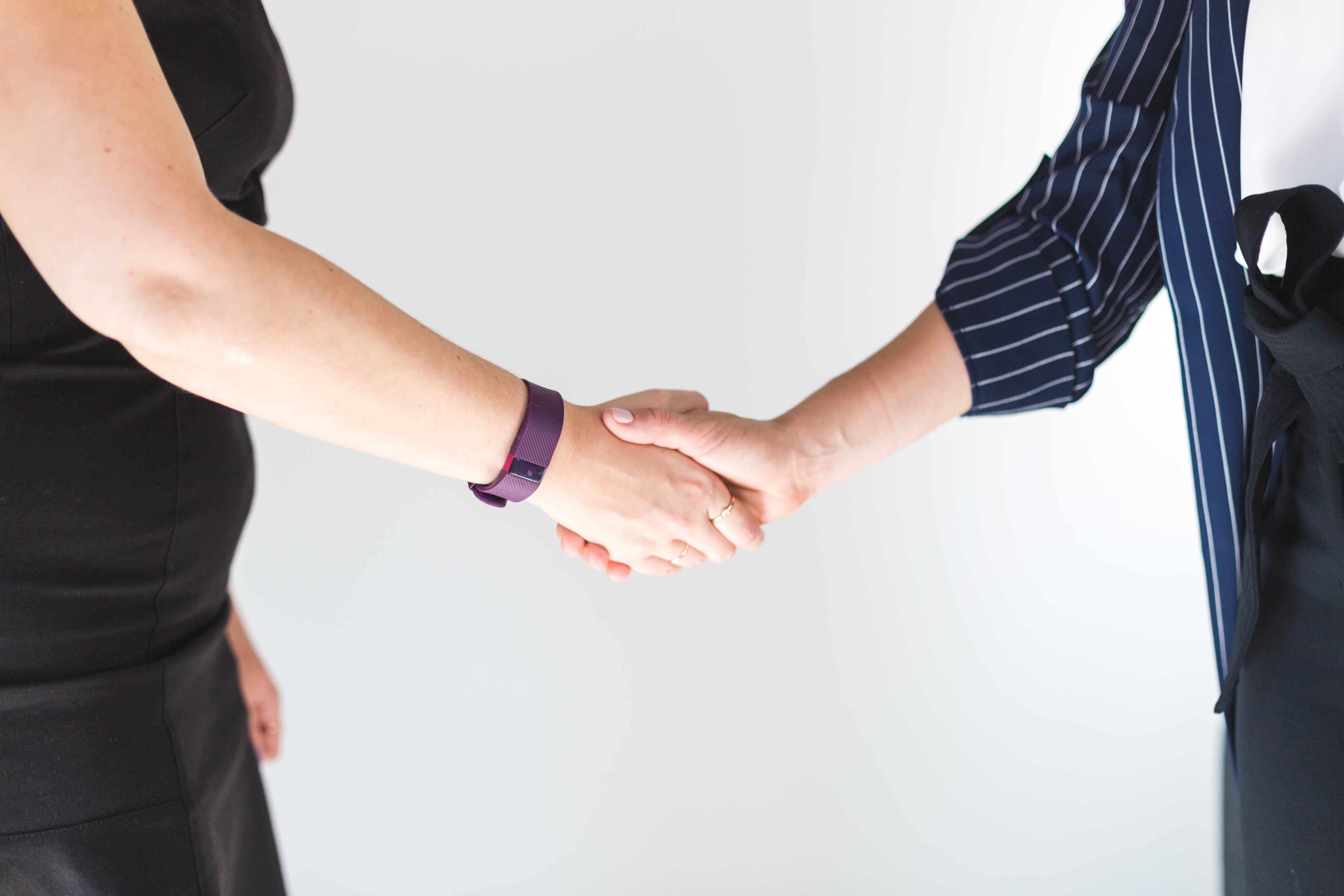
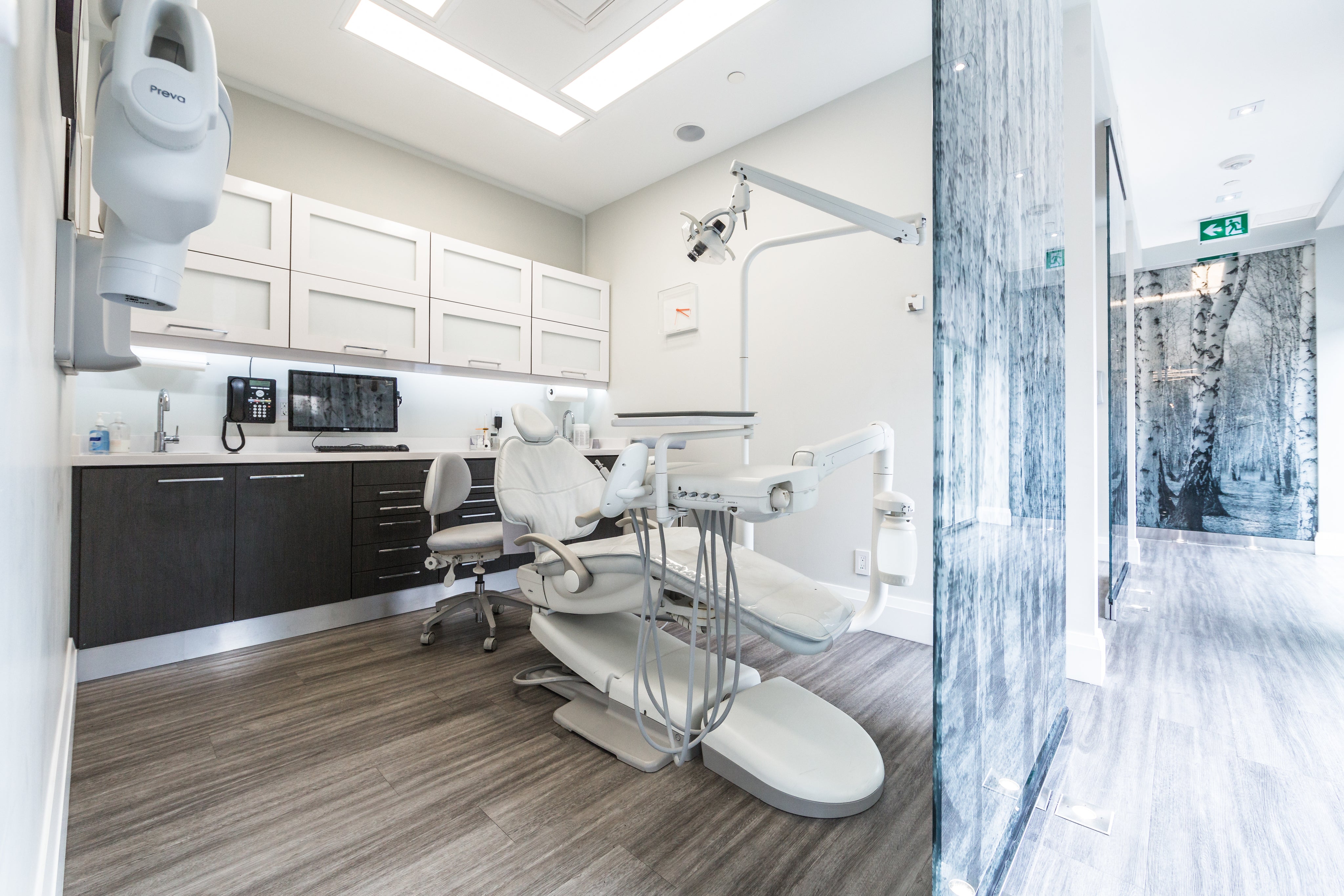
Therapy & Training Products
Commercial Fitness Equipment
Physio Supplies
TENS & EMS Machines for Home useElectrodes, Lead Wires & BatteriesUltrasound Units & Accessories (Home use)Digital Moist Heating PadHot and Cold PacksCold therapy Packs & AccessoriesParaffin wax TherapyKinesiology Tapes & AccessoriesAthletic & Medical TapesExercise BandsExercise TubesExercise BallsHand TrainerBalance & StabilityFoam rollersWeights for Hand/Ankle
Trending searches
- About Us
- Shop Products for Home use
- Clinical Equipment
-
Regular Clinic supplies
Physio Supplies
- TENS & EMS Machines for Home use
- Electrodes, Lead Wires & Batteries
- Ultrasound Units & Accessories (Home use)
- Digital Moist Heating Pad
- Hot and Cold Packs
- Cold therapy Packs & Accessories
- Paraffin wax Therapy
- Kinesiology Tapes & Accessories
- Athletic & Medical Tapes
- Exercise Bands
- Exercise Tubes
- Exercise Balls
- Hand Trainer
- Balance & Stability
- Foam rollers
- Weights for Hand/Ankle
-
Sale
- 0% financing available
-
+1.905.238.1500
